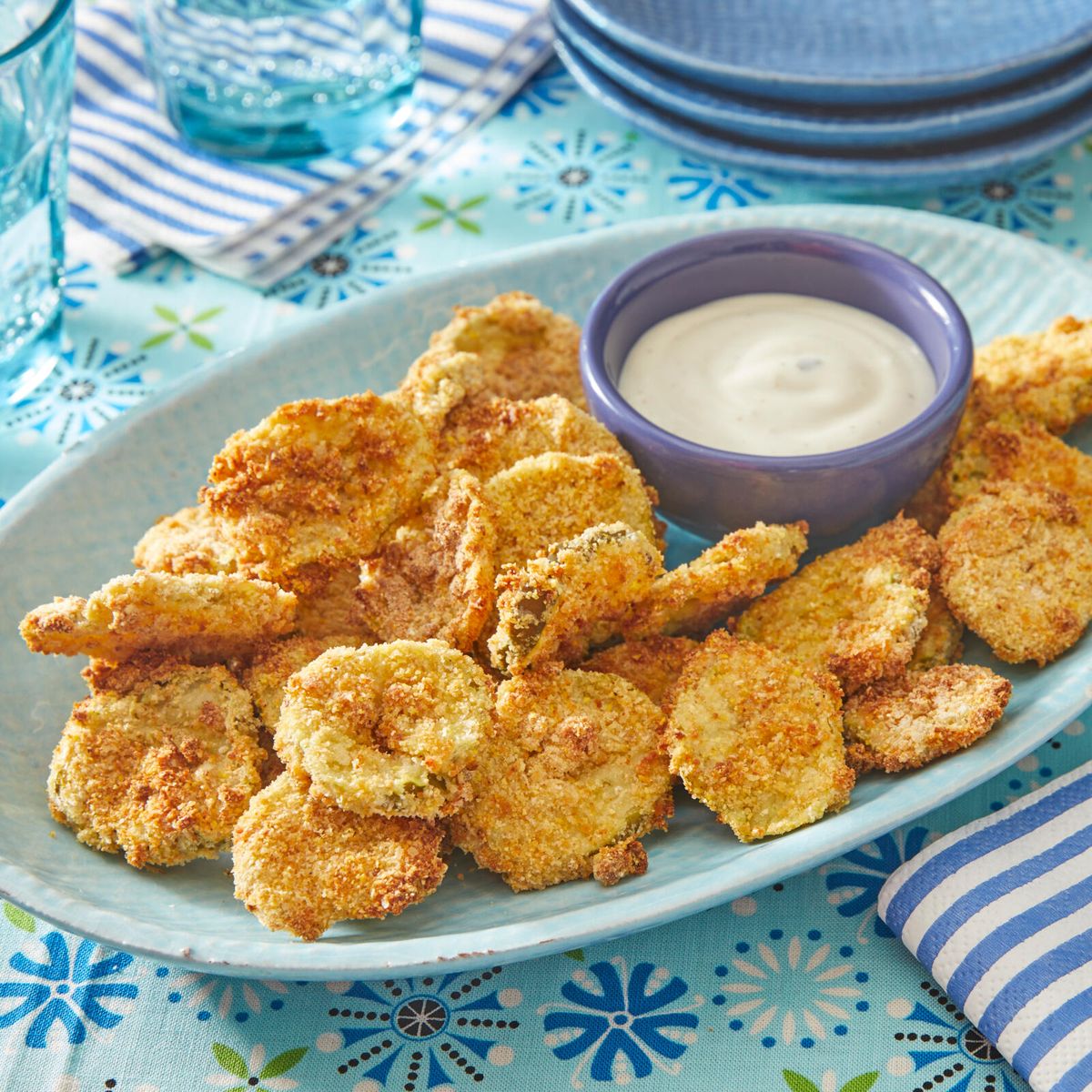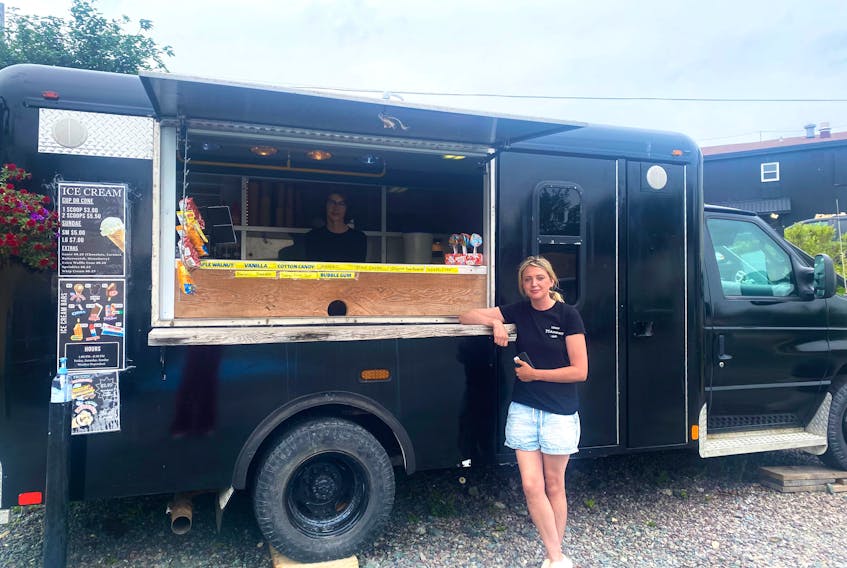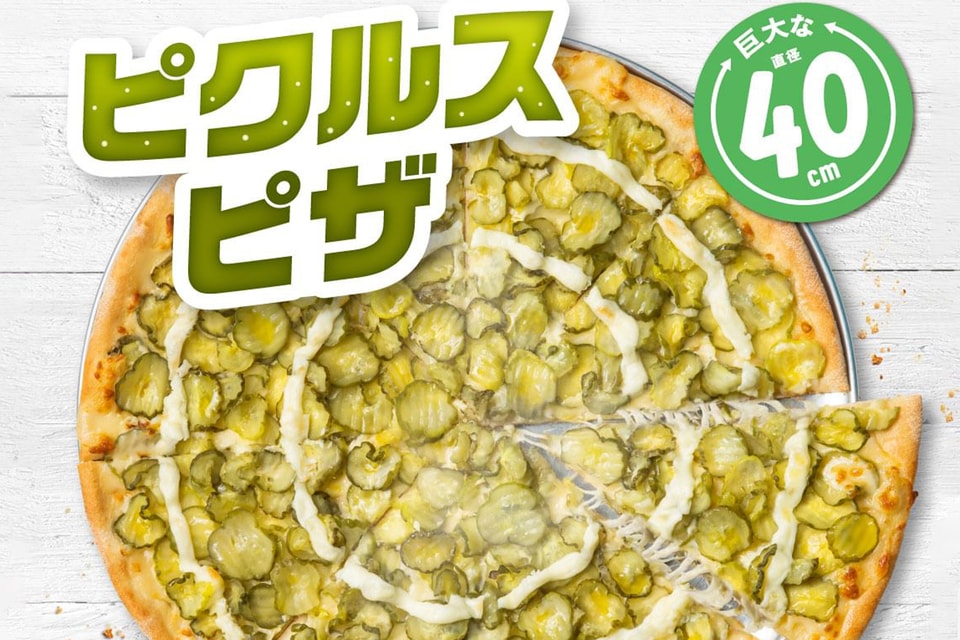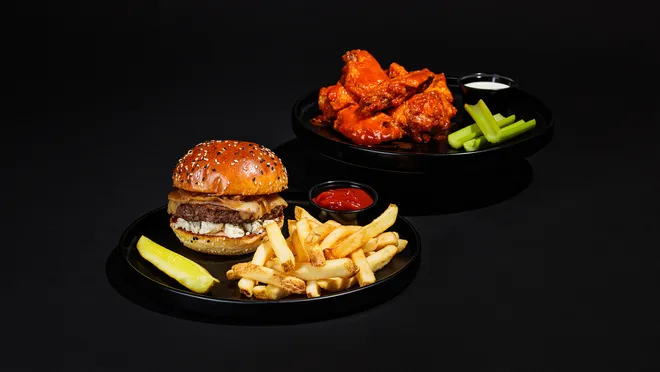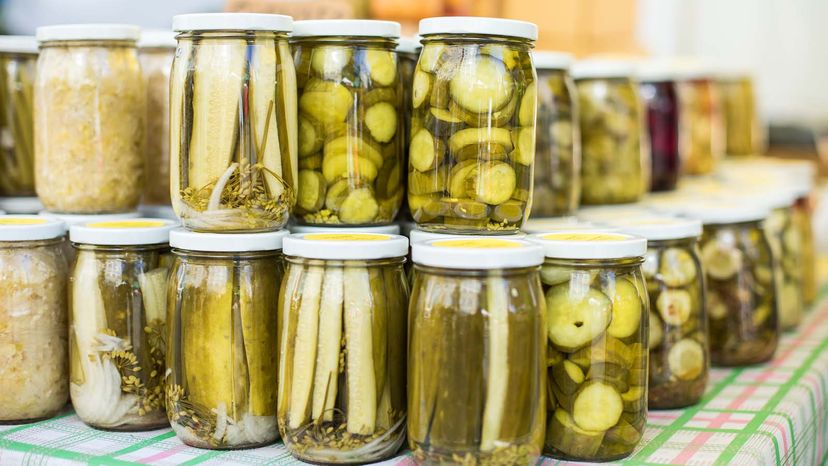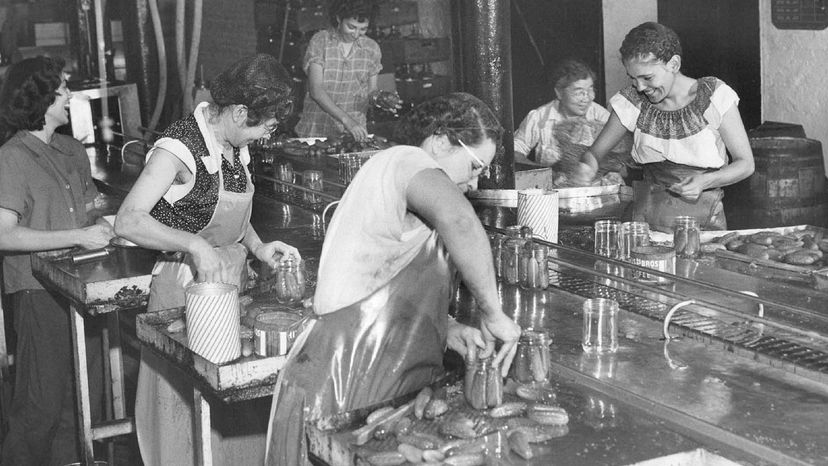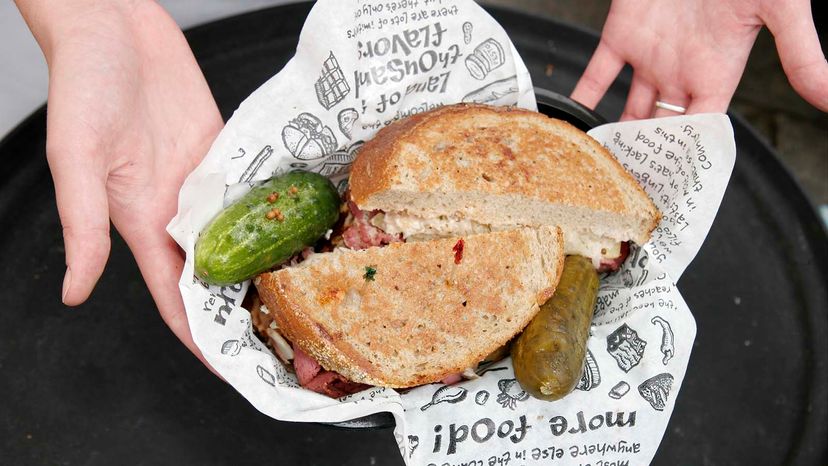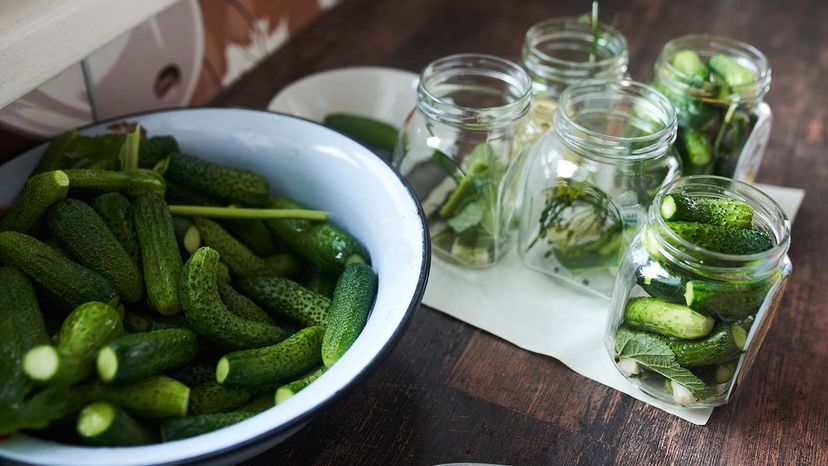Originally published by Restaurant Clicks on July 17, 2023
Written by Brian Nagele
Contrary to popular opinion, kosher pickles don’t always have to do with being blessed by a rabbi. If you’re not familiar with Jewish dietary restrictions, you might be wondering what precisely makes a pickle “kosher.” Instead, it refers to the method employed to make them pickled.
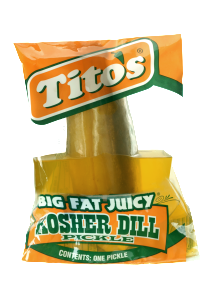
Typically produced using a salt brine and seasoned with garlic and dill, kosher pickles are known for their distinctive acidic and slightly sour flavor.
On the other hand, vinegar, sugar, and pickling spices are used to make non-kosher pickles.
Despite being a cornerstone of Jewish cooking, kosher pickles are a favorite of people from all walks of life worldwide.
So why are they referred to as “kosher” if it has nothing to do with receiving a rabbi’s blessing? Something that is allowed by Jewish dietary restrictions is referred to as “kosher”.
Although kosher pickles must be certified kosher, they do not necessarily need to be blessed by a rabbi.
Fortunately, the majority of significant kosher pickle producers in the US are accredited kosher, so you won’t need to worry while purchasing a jar at the supermarket.
Understanding Kosher
The term “kosher” could be unclear to you if you are not familiar with Jewish dietary regulations.
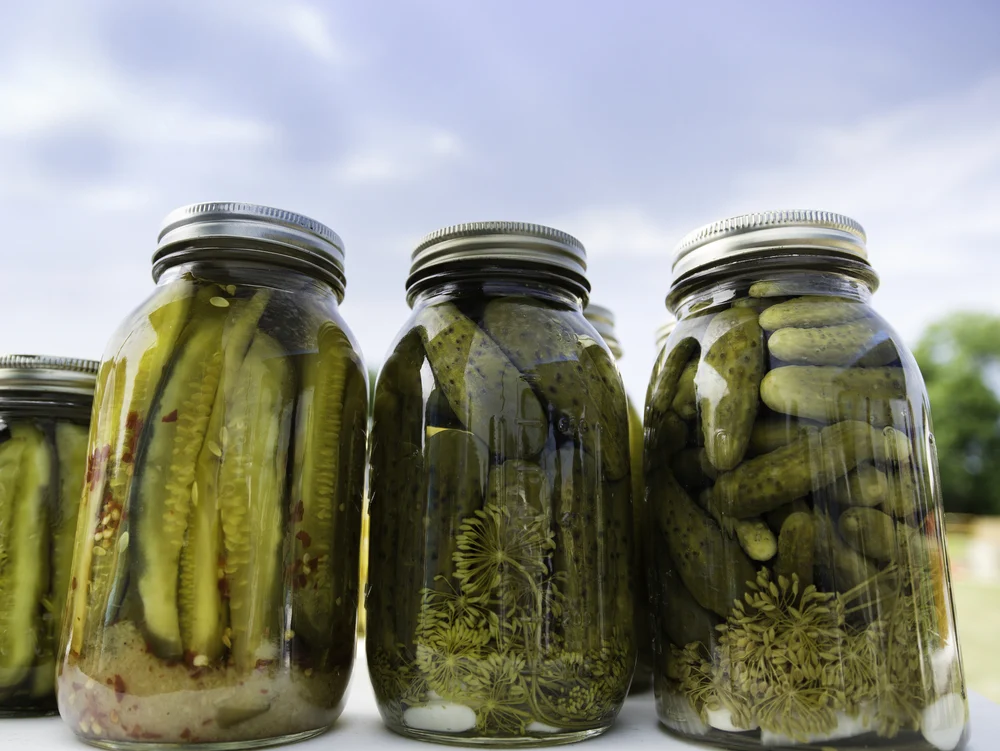
Photo from Restaurant Clicks
“Kosher” generally refers to food that is acceptable in accordance with Jewish dietary regulations.
The laws governing what meals can and cannot be consumed, how they must be cooked, and how they must be presented are collectively referred to as “kashrut” laws.
The word “kosher” has a slightly distinct meaning when referring to pickles. The term “kosher” here refers to a particular method of pickling.
The traditional Jewish method for making kosher pickles requires soaking cucumbers in a brine composed of water, vinegar, salt, garlic, and dill.
After that, the pickles are placed in jars and allowed to ferment for a few weeks. They get their distinctive crunchy texture and sour flavor as a result of this process.
Pickles must be made in conformity with Jewish dietary laws in order to be fully kosher.
This requires that the cucumbers be produced and harvested in a specific manner, and that a rabbi who is knowledgeable about Jewish dietary laws supervise the pickling procedure.
The rabbi will make sure that all of the pickled materials are kosher and that the pickles are made in a way that complies with all kashrut regulations.
It’s important to note that not all pickles with the designation “kosher” are genuinely certified to be kosher.
Instead of referring to the pickles’ preparation in conformity with Jewish dietary restrictions, the term “kosher” is frequently used to describe the pickling method.
Be sure to search for a certification symbol from a reputable kosher certifying organization if you’re seeking for truly kosher pickles.
By doing this, you can be sure that the pickles were made in line with all kashrut regulations.
What Are Pickles?
You may already be aware that pickles are simply brine-soaked cucumbers.
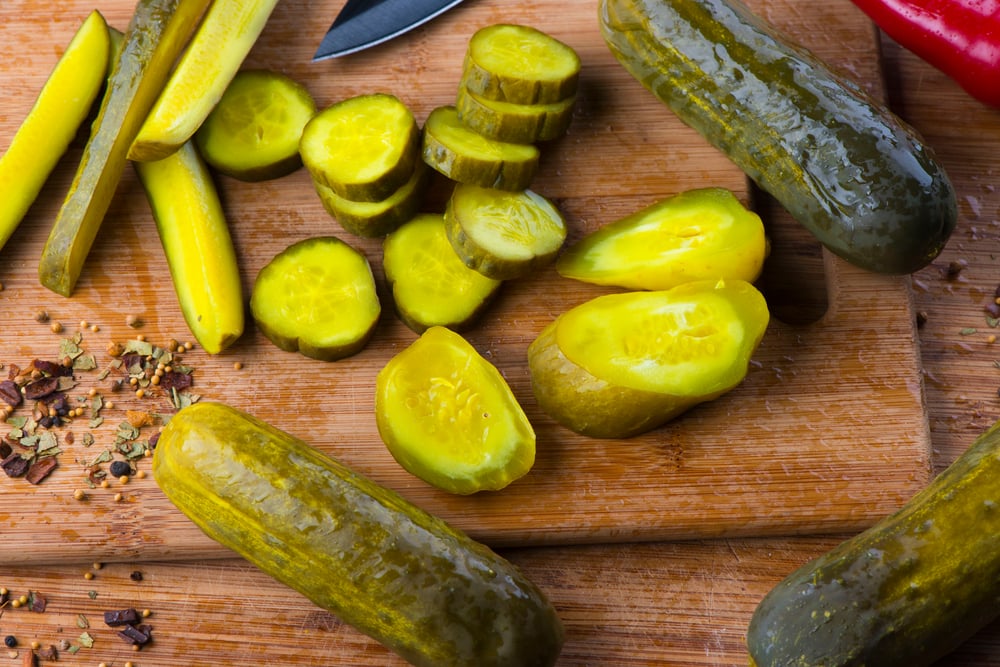
Photo by Restaurant Clicks
Pickles, however, can also apply to other pickled vegetables such carrots, beets, and peppers.
Food has been preserved by the use of pickling for thousands of years.
Pickles are frequently eaten as snacks or as a dipping sauce for burgers, hot dogs, and sandwiches. They may be sour or sweet, and occasionally spicy.
Even as a hangover remedy, some people love drinking pickle juice.
Fermented pickles and vinegar pickles are the two main varieties of pickles.
Cucumbers are soaked in a saltwater brine solution to generate fermented pickles, which then ferment naturally with lactic acid-producing bacteria.
The sour flavor and crunchy texture of fermented pickles are a result of this process. On the other hand, cucumbers are soaked in a vinegar solution to make vinegar pickles.
This process results in a tart, sweet, and sour pickle and is quicker than fermenting.
Let’s explore what makes a pickle “kosher” now that you are familiar with what pickles are.
Kosher Pickles Defined
If you’ve never heard of “kosher pickles,” you might presume that these are pickles that are produced in accordance with Jewish dietary regulations. That’s only partially accurate, but there’s more to it.
Pickles produced according to a precise recipe and procedure are known as kosher pickles.
Typically, they are created by soaking cucumbers in a brine solution that contains kosher salt, garlic, and dill. After that, the pickles are allowed to ferment, giving them their signature sour flavor.
Although the method used to produce kosher pickles complies with Jewish dietary restrictions, the term “kosher” in this context does not truly correspond to those laws. Instead, the flavor and texture of the pickles are referred to as “kosher”.
Pickles from kosher restaurants are renowned for their sour flavor and crisp texture. They are frequently offered as a side dish for sandwiches or as a standalone snack.
They are a favorite of pickle fans throughout due to their peculiar flavor.
In conclusion, kosher pickles are pickles that are produced in accordance with a certain recipe and method, producing a tangy, crisp pickle with a distinctive flavor.
The method used to manufacture kosher pickles complies with Jewish dietary restrictions, despite the fact that the term “kosher” does not specifically relate to them.
Differences Between Kosher and Non-Kosher Pickles
You are not the only one who wonders what makes a pickle kosher.

Photo by Restaurant Clicks
The distinctions between kosher and non-kosher pickles intrigue a lot of people. The following are some significant variations:
Brine
Kosher salt, which differs from conventional table salt, is used to create the brine for kosher pickles. Kosher salt is coarser in texture and devoid of additions like iodine.
This salt is used to make a brine that the bacteria on the cucumbers utilize to spontaneously ferment food.
Conversely, vinegar and water are frequently used in the production of non-kosher pickles.
Ingredients
Garlic, dill, and other spices are used to make kosher pickles. Additionally, they might have a trace quantity of kosher animal fat.
Pickles that aren’t kosher may include sugar, pickling spices, or other things.
Preparation
Kosher pickles are made in line with Jewish dietary regulations, thus a Rabbi supervises their preparation.
The pickles are prepared in the manner of a Jewish kosher deli in New York City. This method is not used to create non-kosher pickles.
Flavor
Because of the inclusion of garlic and dill as well as natural fermentation, kosher pickles have a unique flavor.
They are frequently described as tasting salty and sour. Pickles produced with vinegar that aren’t kosher could taste sweeter.
In conclusion, the ingredients, processing, and flavor of kosher and non-kosher pickles differ from one another.
Kosher pickles are the way to go if you’re seeking for a pickle that complies with Jewish dietary regulations. However, non-kosher pickles might suit your tastes better if you prefer a sweeter pickle.
Frequently Asked Questions
What does “kosher” mean in relation to pickles?
In the context of pickles, “kosher” refers to the way the pickles are made and processed. The term “kosher” comes from the Hebrew word “kasher,” which means “fit” or “proper.” To be considered kosher, pickles must be made according to Jewish dietary laws, or kashrut. This includes using only certain types of ingredients and following specific preparation and processing methods.
What makes a pickle kosher?
To be considered kosher, a pickle must be made from cucumbers that have been produced naturally, without any genetic modification or other artificial means. The pickling process must also be overseen by a rabbi who is familiar with Jewish dietary laws. This includes using only certain types of salt and vinegar, as well as avoiding certain types of additives or preservatives that are not considered kosher.
Are all pickles kosher?
No, not all pickles are kosher. In fact, many pickles that are labeled as “kosher” may not actually be kosher according to Jewish dietary laws. This is because the term “kosher” has become more of a marketing term than a religious designation in many cases. To ensure that a pickle is truly kosher, you should look for a certification label from a recognized kosher certification agency.
What is the difference between kosher pickles and regular pickles?
The main difference between kosher pickles and regular pickles is the way they are made and processed. Kosher pickles are made according to Jewish dietary laws, while regular pickles may be made using any ingredients and processing methods. Kosher pickles are typically made with a salt brine and flavored with garlic and dill, while regular pickles may be pickled with vinegar and flavored with sugar and other spices.
Conclusion
In conclusion, kosher pickles are pickles made in accordance with Jewish dietary regulations.
When referring to pickles, the phrase “kosher” only designates a particular pickling method.
Normally, the term “kosher” means something that is acceptable in accordance with Jewish dietary restrictions.
Non-kosher pickles are pickled in vinegar and frequently contain sugar and pickling spices, whereas kosher pickles are pickled in a salt brine and flavor with garlic and dill.
Not all pickles are kosher, and not all kosher pickles are marked as such, it is important to keep in mind.
However, the majority of significant US kosher pickle producers are kosher-certified. You can seek for the kosher certification emblem on the container if you’re looking for kosher pickles.
Pickles that are kosher are a common snack and condiment in Jewish food and beyond.
They have a high fiber content, little calories, and helpful microorganisms that support intestinal health.
Kosher pickles are a tasty and nutritious addition to any meal or snack, whether you prefer them sour, half-sour, or fully sour.

